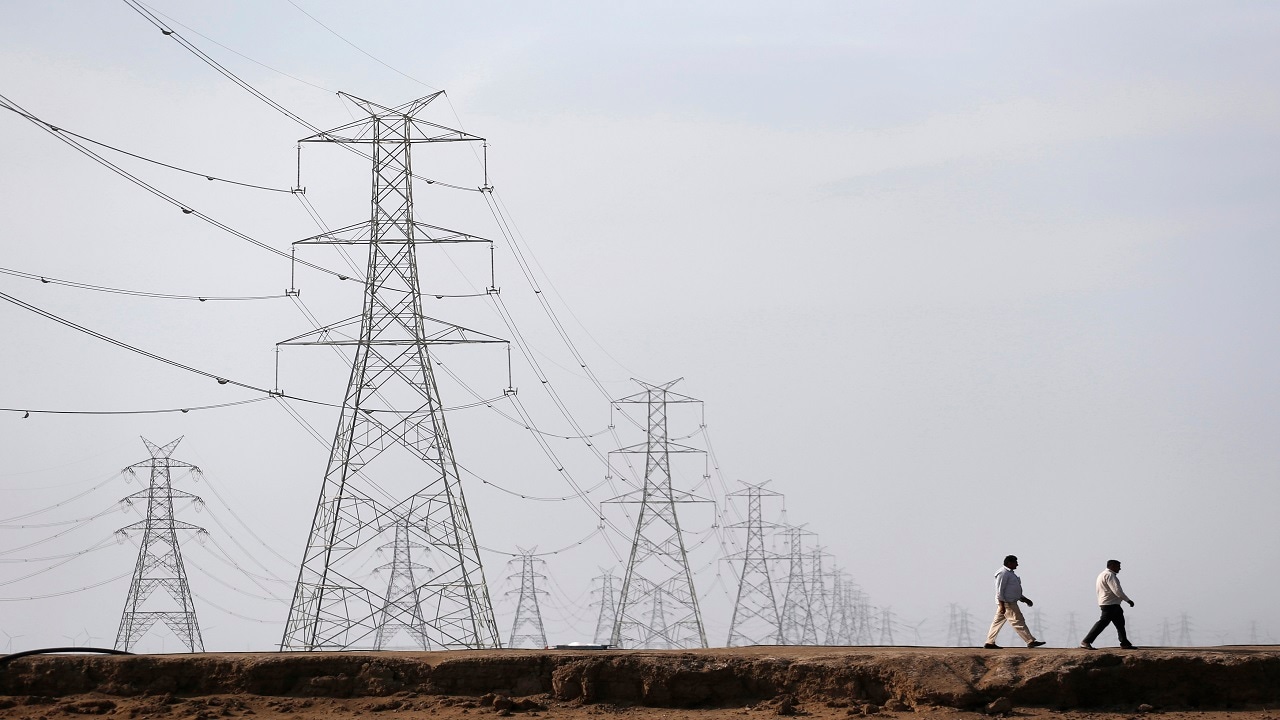Russian army trucks near Ukraine in April 2021.
The Kremlin has used trains—hundreds of them with many thousands of cars, in total—to stage along the Russia-Ukraine border weapons, vehicles and supplies for an army of around 100,000 troops.
If Russian President Vladimir Putin pulls the proverbial trigger and orders that army to roll west into Ukraine’s restive Donbas region, those same trains will haul supplies to forward depots and haul away from the war zone any damaged vehicles in need of deep repair.
That dependency comes with risk that, more than any tank-on-tank or artillery-on-artillery match-up, could define a wider war in eastern Ukraine. Trains can’t roll all the way to the front line. For that, Russia needs trucks. But it’s woefully short.
Russia is vast and its roads are poor compared to roads in Western countries. That helps to explain why the country, and its army, leans so heavily on rail for logistics. State-owned Russian Railways owns 20,000 of the country’s 21,000 locomotives. Private firms own most of the roughly 1.2 million freight cars, including 66,000 flat cars for hauling vehicles.
Those 66,000 cars, handled by unique army railway troop brigades, are “more than enough to transport the equipment of the entire Russian ground force units,” according to Konrad Muzyka, an analyst for Center for Strategic and International Studies in Washington, D.C.
But railheads aren’t always close to the front line. To reach battalions rolling west toward Kiev, supplies must travel scores or hundreds of miles by road.
That’s where the Russian army’s logistics are weakest. “The Russian army does not have enough trucks to meet its logistic requirement more than 90 miles beyond supply dumps,” U.S. Army Lieutenant Colonel Alex Vershinin wrote at War on the Rocks.
The Russian army has 10 “material-technical support” brigades. Each operates around 400 trucks. Even if every support brigade mobilized and all of their vehicles remained operational throughout a campaign, the available trucks wouldn’t stretch very far, Vershinin explained.
“Although each army is different, there are usually 56 to 90 multiple launch rocket system launchers in an army,” he noted. “Replenishing each launcher takes up the entire bed of truck. If the combined arms army fired a single volley, it would require 56 to 90 trucks just to replenish rocket ammunition.”
“That is about a half of a dry cargo truck force in the material-technical support brigade just to replace one volley of rockets. There is also between six to nine tube artillery battalions, nine air-defense artillery battalions, 12 mechanized and recon battalions, three to five tank battalions, mortars, anti-tank missiles and small-arms ammunition—not to mention, food, engineering, medical supplies and so on.”
The Kremlin can supplement the army’s trucks with helicopters and civilian vehicles. But that’s just tinkering around the margins of an enormous logistical problem. All that is to say, trucks—more than tanks or artillery—could dictate the pace and extent of a deeper Russian invasion of Ukraine.
That truism should also inform the Ukrainian army’s own thinking. As Ukrainian gunners select targets for their tube artillery and rockets, they should always prioritize the seemingly most boring targets. The trucks the Russians can’t fight without.
Follow me on Twitter. Check out my website or some of my other work here. Send me a secure tip.
Note: This article have been indexed to our site. We do not claim legitimacy, ownership or copyright of any of the content above. To see the article at original source Click Here













